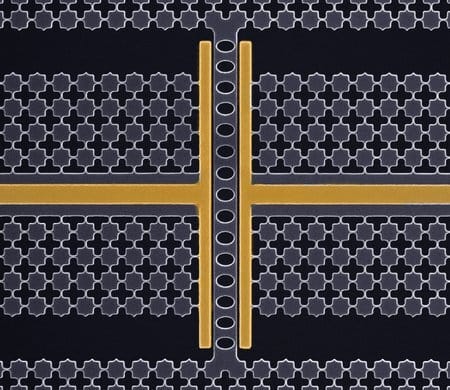- Quantum Campus
- Posts
- Noisy and warm? Protein qubits in Nature
Noisy and warm? Protein qubits in Nature
Plus: Mechanical quantum memory & Quantinuum software stack

This is a preview issue of Quantum Campus, which shares the latest in quantum science and technology. Read by more than 1,700 researchers, we publish on Fridays and are always looking for news from across the country. Want to see your work featured? Submit your ideas to the editor.
Protein qubit
The University of Chicago turned a fluorescent protein into an optically addressable spin qubit with the potential to allow quantum sensing in biological contexts. Though not as sensitive as other quantum sensors, the qubit showed a coherence time of about 16 microseconds and a metastable triplet state with up to 20 percent spin contrast.
“Through fluorescence microscopy, scientists can see biological processes but must infer what’s happening on the nanoscale. Now, for the first time, we can directly measure quantum properties inside living systems,” Benjamin Soloway, a PhD student on the project, said in an announcement from UChicago.
This work was published this week in Nature.
Defects in 2D materials
In another recent Nature article on quantum sensors, Purdue engineers used defects in hexagonal boron nitride to detect and control the spin of a single atomic nucleus. Because the hexagonal boron nitride is two dimensional, it might be particularly promising for analyzing molecules in biology, chemistry, or materials science, according to an announcement from Purdue.
The team demonstrated coherent control of individual nuclear spins with a π-gate fidelity up to 99.75 percent at room temperature. They also used density functional theory simulations to propose chemical structures for the defects.
This work was published in Nature.
Mechanical quantum memory
Researchers at Caltech built a platform to store the fleeting information in a superconducting qubit using a nanomechanical osciallator. This tiny tuning fork operates at gigahertz frequencies and dramatically increase the amount of time that the qubit’s state is known.
"It turns out that these oscillators have a lifetime about 30 times longer than the best superconducting qubits out there," Mohammad Mirhosseini , a professor at Caltech, said.
This work was published last week in Nature Physics.

Scanning electron microscope image of a nanomechanical oscillator. Image from Omid Golami.
Helios
Quantinuum released initial details of the software stack that will run on future Helios quantum computing systems. It includes an open-source development toolkit, a cloud-based platform for hardware access, a new Python-based programming language, and an emulator for program analysis and verification.
The company will host a webinar on the stack on September 19.
Quickbits
Quantum Campus is edited by Bill Bell, a science writer and marketing consultant who has covered physics and high-performance computing for more than 25 years. Disclosure statement.
